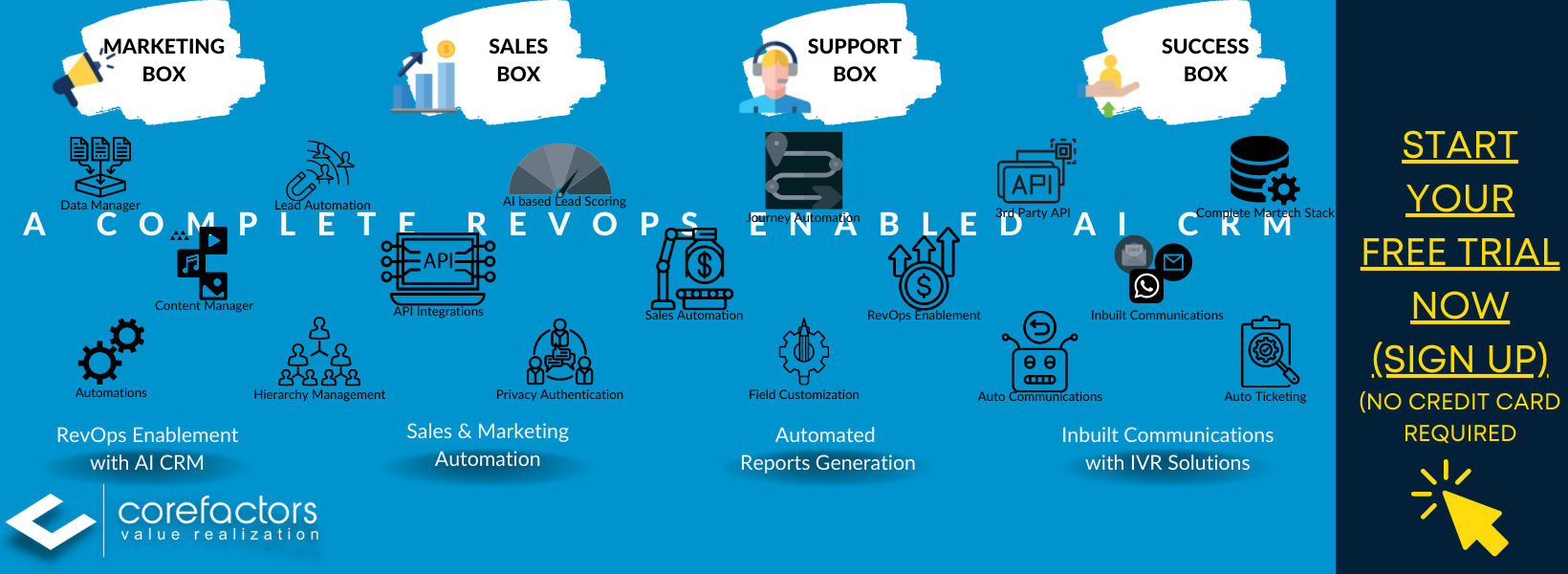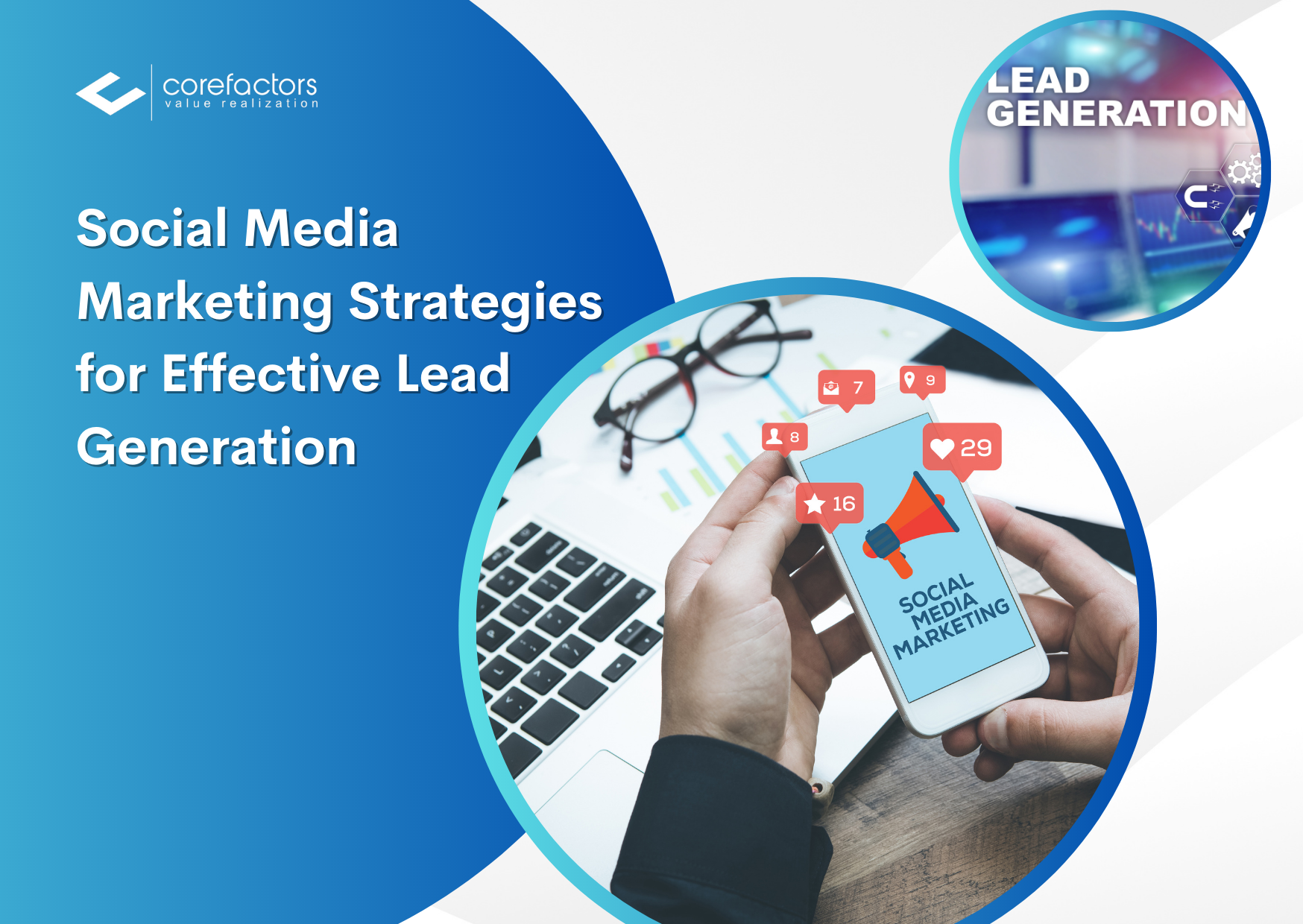In today's digital age, social media has become an integral part of our lives, offering immense potential for businesses to reach and engage with their target audience.
“According to Neal Schaffer, 75% of marketers believe social media marketing has increased their web traffic. In addition, 90% credit social media for improved business exposure.”
Social media marketing is not just about building brand awareness and engagement; it has also evolved into a powerful tool for lead generation. In this blog, we will explore effective strategies and best practices to employ for lead generation from social media channels.
Understanding the Power of Social Media for Lead Generation
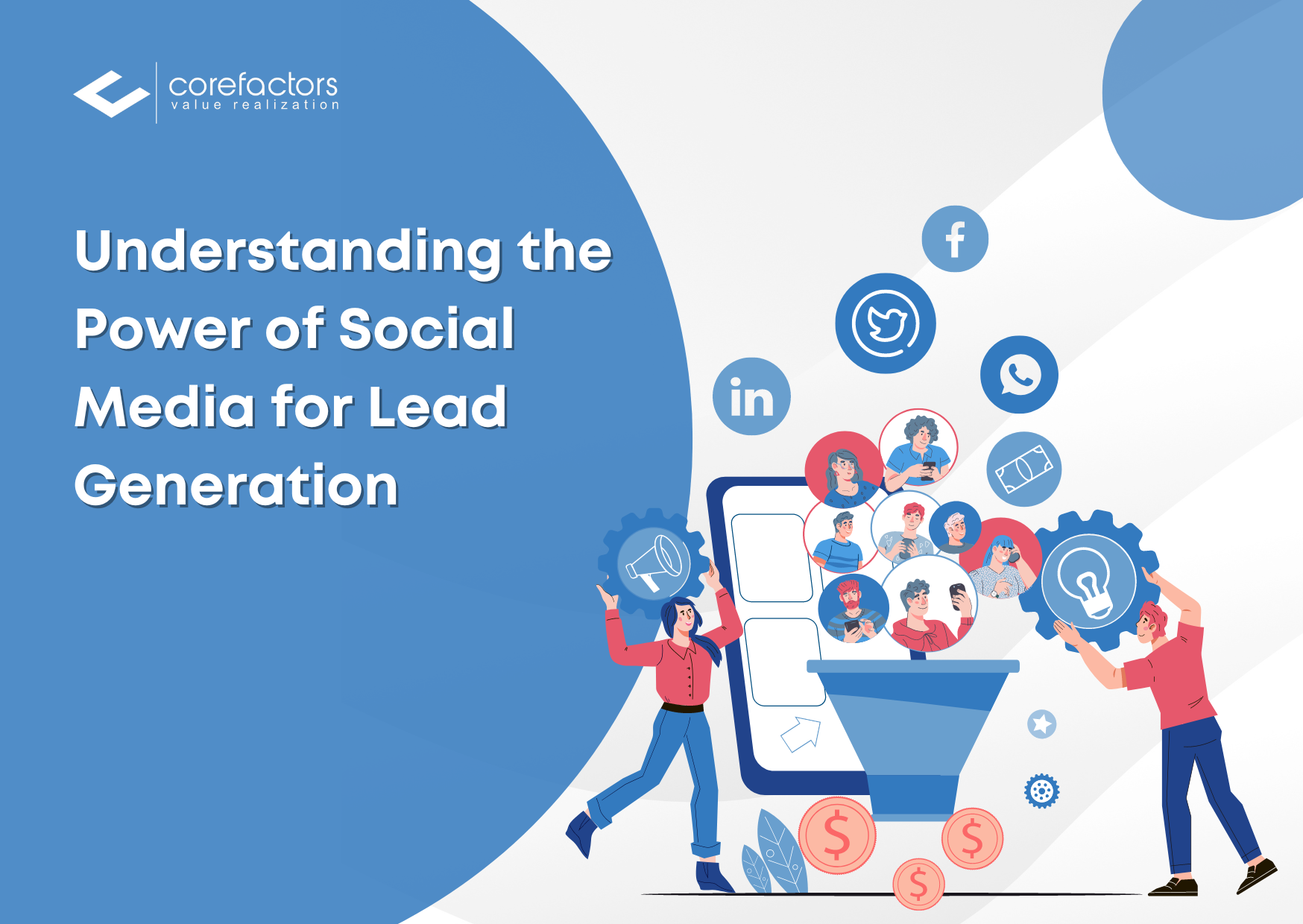
Social media platforms such as Facebook, Twitter, LinkedIn, Instagram, and YouTube have billions of active users worldwide, making them fertile ground for lead generation. According to BloggersPassion's statistics On average, American users spend about 33 minutes on Facebook daily. Here are some key reasons why social media is a valuable channel for generating leads:
- Wider Reach: Social media enables businesses to reach a vast and diverse audience, regardless of geographical boundaries.
- Targeted Advertising: Advanced targeting options allow businesses to showcase their content to specific demographics, interests, and behaviors, increasing the likelihood of attracting qualified leads.
- Engaging Content Formats: From visually appealing images and videos to interactive polls and quizzes, social media offers a variety of content formats to captivate and engage users, driving lead conversions.
Before sharing the strategies and best practices for lead generation using social media, let me provide you with two real-life examples of brands that have successfully utilized social media for the same.
#1 HubSpot
HubSpot, a leading marketing software company, has successfully utilized social media for lead generation. They consistently create valuable content in the form of blog posts, ebooks, and webinars that address the pain points of their target audience—marketers and sales professionals. They promote this content through various social media channels, driving traffic to their optimized landing pages. HubSpot offers free resources and tools in exchange for contact information, effectively capturing leads. By implementing a strong content marketing strategy coupled with social media promotion, HubSpot has generated a substantial number of leads and built a loyal customer base.
#2 Airbnb
Airbnb, an online marketplace for vacation rentals, has employed innovative social media campaigns to generate leads. One notable example is their "Night At" campaign, where they offered the chance to spend a night in extraordinary locations like a floating house, a ski lift, or a cable car. The campaign was promoted on social media platforms, generating significant buzz and engagement. To participate, users had to submit an entry form, providing their contact information. This creative approach not only generate leads but also garnered widespread media coverage, increasing brand visibility and awareness.
Now taking learnings from these successful brands, here I have laid down three (3) most effective strategies along with the best practice to employ for successful lead generation using social media platforms.
Proven strategies for lead generation using social media channels
#1 Create Compelling Content
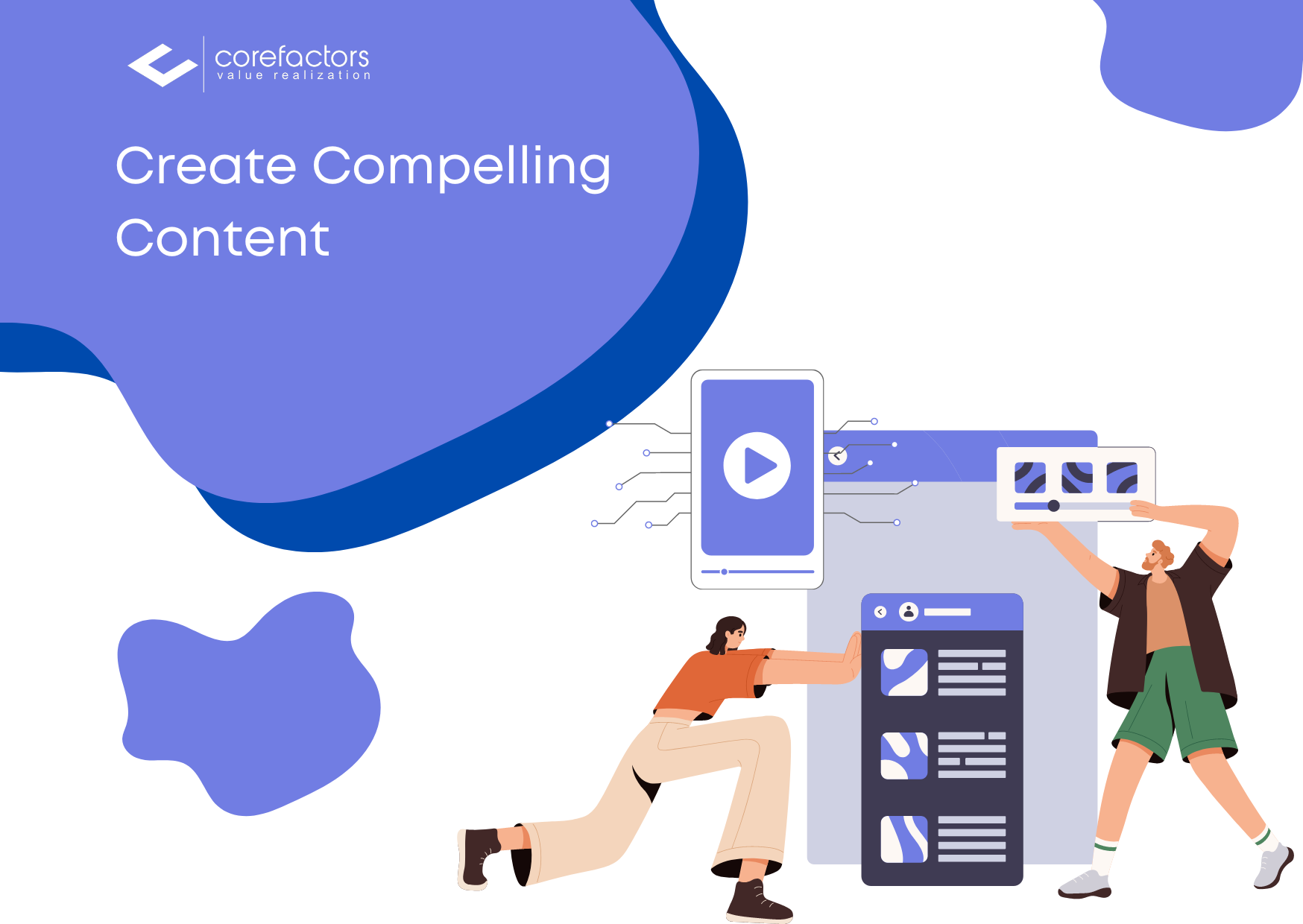
Creating compelling content that captures the attention of the target audience and drives engagement is easier said than done. Here are some really important strategies that can help you craft content that resonates with the audience:
Know Your Audience
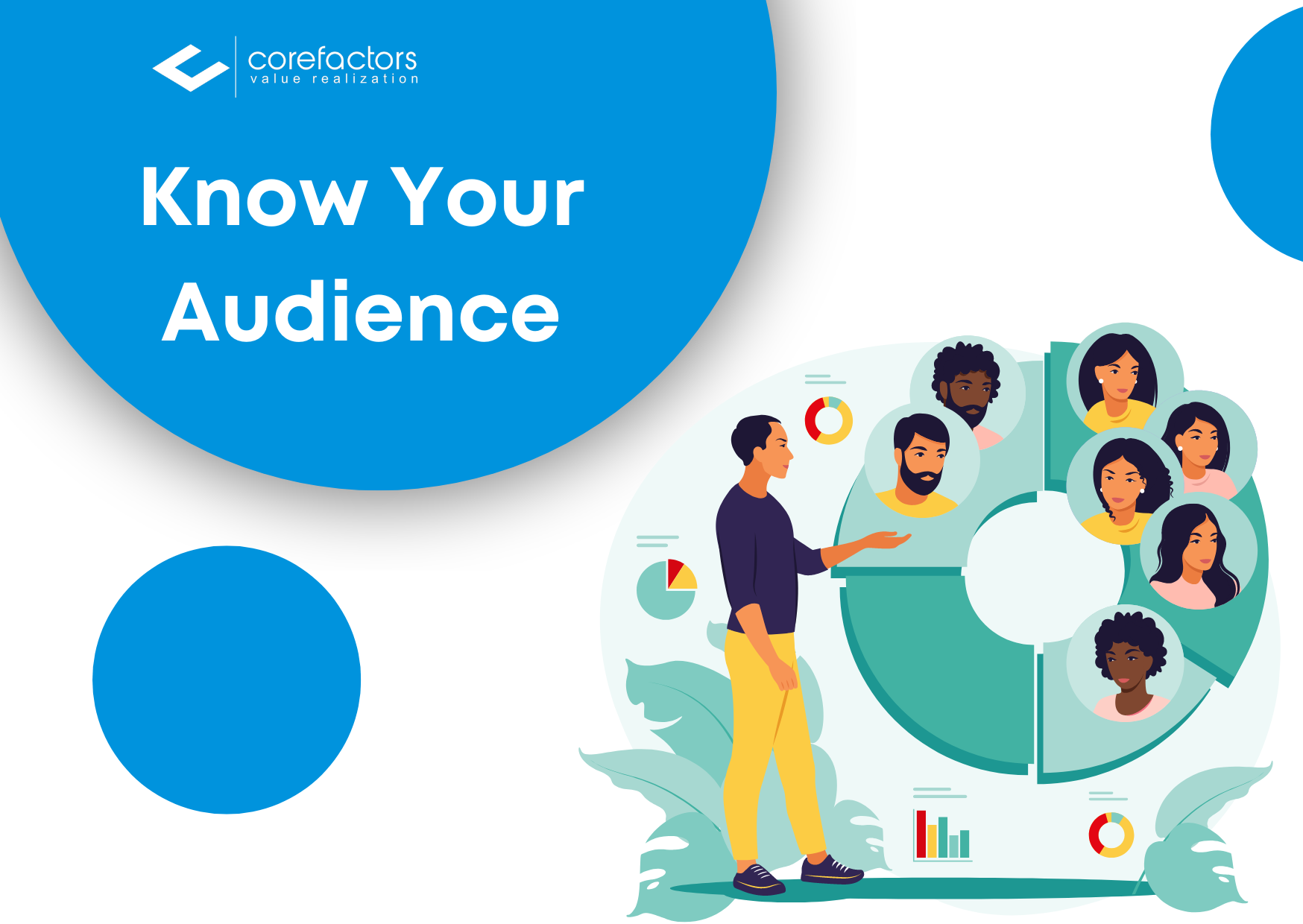
Conduct market research and analyze your existing customer base to identify their demographics, interests, pain points, and preferences.
Aim to Provide Value
Whether it's educational, entertaining, inspiring, or informative, make sure your content offers something meaningful. Use the knowledge about your audience to create contents that solve problems, answers questions or offers insights, or shares useful tips and advice. Valuable content establishes your brand as a trusted authority and encourages users to engage and share your posts, increasing your reach and potential for lead generation.
Optimize for Each Platform
Different platforms have different audience demographics, content formats, and engagement patterns. Customize your content to fit the platform's context, whether it's short and snappy for Twitter, visually appealing for Instagram handle, or professional and informative for LinkedIn.
Incorporate visually appealing elements that different channels offer like images, videos, infographics, and GIFs to capture attention and convey the message effectively. Take care that content quality is not compromised when used on different platforms due to different formats.
Use a GIF compressor or video compressor to keep content quality intact. Ensure that the visuals align with your brand identity and messaging to maintain consistency across your social media channels.
Tell Stories

Storytelling is a powerful technique to engage and connect with your audience emotionally. Craft narratives that resonate with your target audience's experiences, aspirations, or challenges. Personal anecdotes, user testimonials, or case studies can humanize your brand and create a sense of relatability. Stories have the potential to evoke emotions, foster a stronger connection with your audience, and ultimately drive lead generation.
Encourage User-Generated Content (UGC)
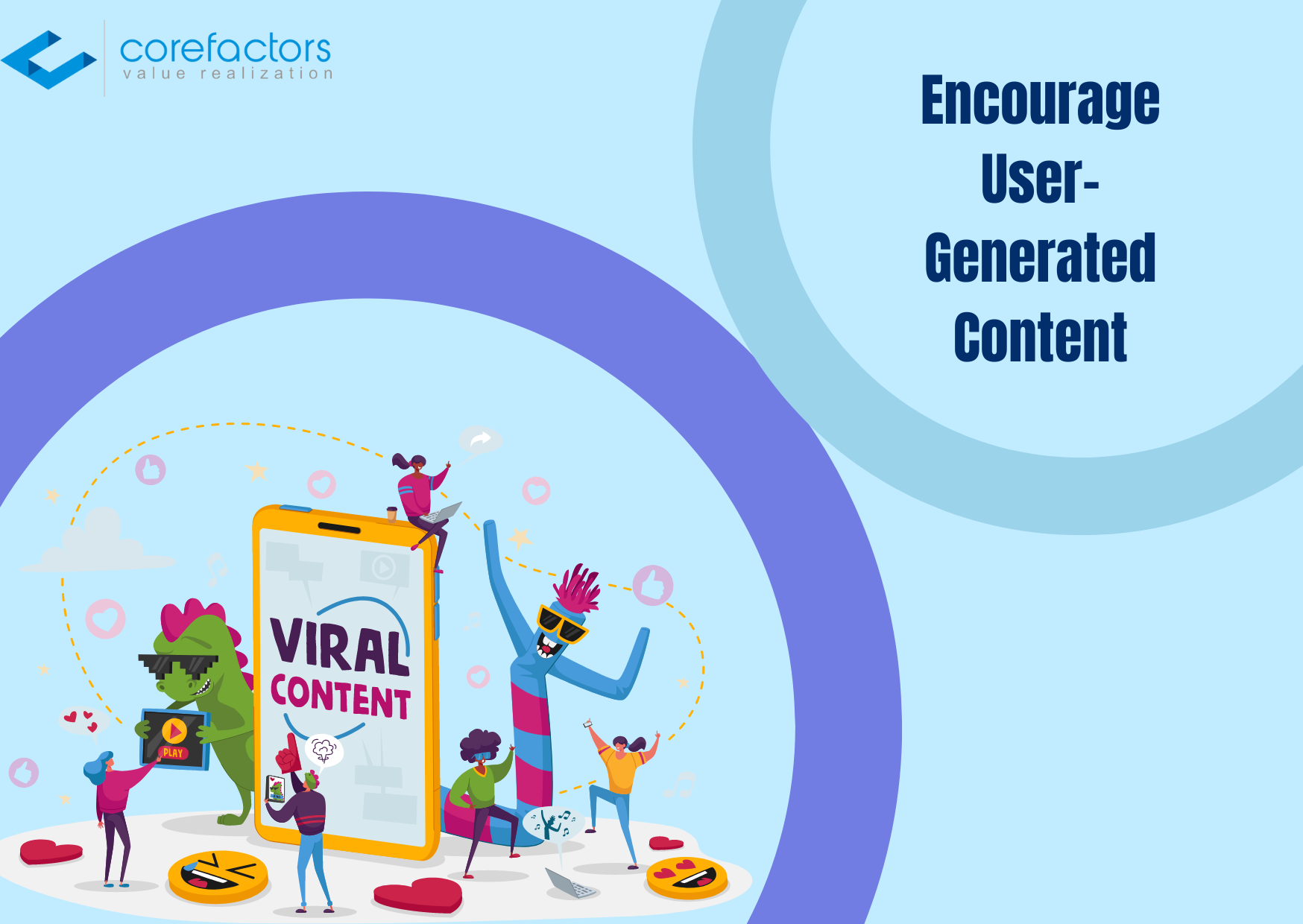
Invite and encourage the audience to participate and co-create content by Incorporating interactive content formats. Polls, quizzes, contests, surveys, or interactive live sessions encourage active participation and create a sense of fun and curiosity. UGC can also include testimonials, reviews, photos, videos, or stories shared by your customers. UGC not only builds social proof and credibility but also fosters a sense of community around your brand. It encourages engagement, increases reach through sharing, and can attract potential leads who relate to the experiences of existing customers.
Patience, Consistency, and Frequency
Patience and consistency are key to establishing trust and building an engaged audience. Maintain a consistent posting schedule and frequency to keep your brand visible and top of mind. Plan your content calendar in advance and create a mix of evergreen and timely content to ensure a steady stream of valuable posts.
#2 Implement Social Media Advertising
Leverage the advanced targeting options provided by social media advertising platforms (Facebook, Instagram, Twitter, LinkedIn, YouTue, etc.) to reach your ideal customer profiles. Use compelling ad creatives and optimized landing pages to maximize lead generation. Here are some important practices that can help run successful ad campaigns:
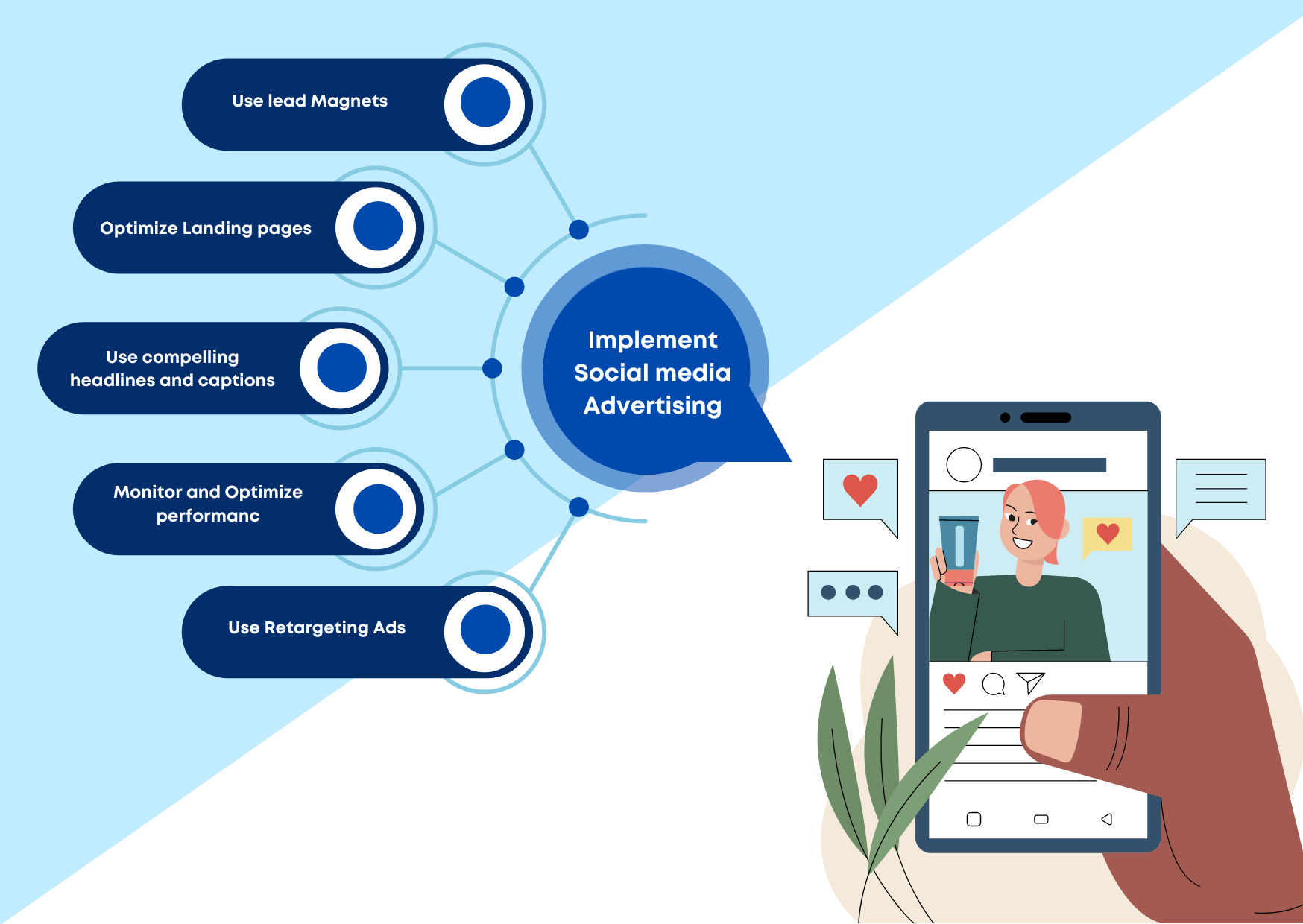
Use Lead Magnets
If the product that you sell is of high value, then you can use lead magnets to attract prospects. A lead magnet can be anything from a case study, a trial offer, or an expert guide to a limited edition product catalog.
Optimize Landing Pages
For successful ad campaigns across any social media platform, it is important to have a dedicated landing page. Ensure that the landing pages you direct social media traffic to are optimized for lead capture. Include clear calls-to-action (CTAs), concise forms, and compelling offers to entice visitors to provide their contact information. Also ensure that the content of the landing page and the ad, from headline to description to Call to Action must align with each other. Plus, don't hesitate to work with a reputable company that provides social media design service to ensure your ads and landing pages are visually appealing.
Use Compelling Headlines and Captions
Use concise language, include relevant keywords, and communicate the value proposition clearly. A compelling headline or caption can make a significant difference in capturing your audience's interest and driving them to take action.
Monitor and Optimize Performance
Use the power of rich analytics shared by the social media platforms for running ads and optimize it according to the response and the set goal.
Use Retargeting Ads
The ability to retarget the very same audience that had engaged with your ad that the social media platform offer makes them a unique and powerful tool for lead generation.
#3 Leverage Influencer Marketing
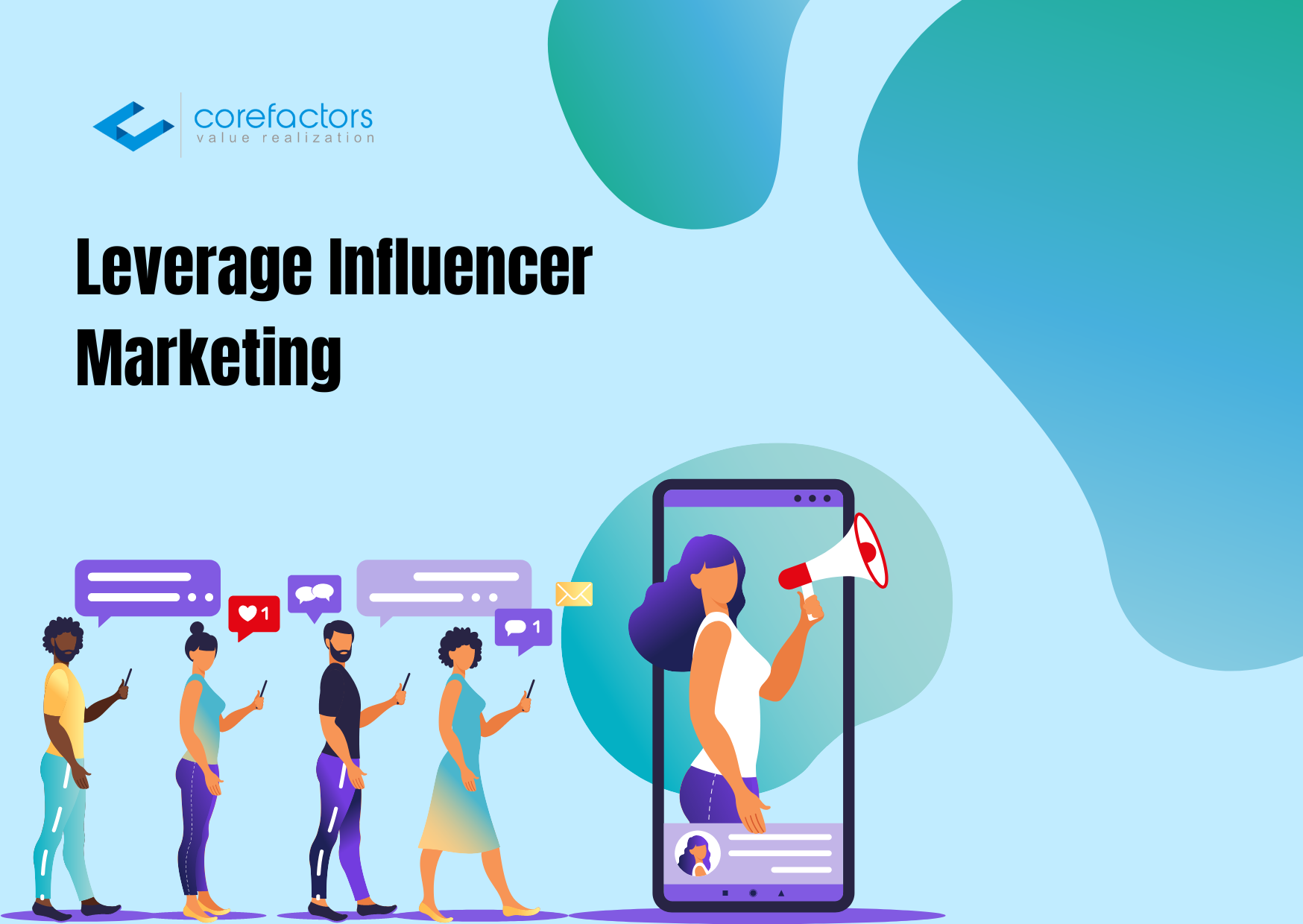
Implementing influencer marketing can be a highly effective strategy to expand your reach, build credibility, and generate leads. Here are some key steps involved in implementing Influencer marketing successfully:
- Identifying and collaborating with the right influencers: Finding the right influencers who align with your brand values, target audience, and niche is crucial. Look for influencers who have a genuine interest in your industry and a strong engagement with their followers. You can use influencer marketing platforms, and social media listening tools, or work with agencies specializing in influencer collaborations to identify suitable influencers.
- Clear Communication: Define the objective, scope, and deliverables as well as your expectations, brand guidelines, messaging, and campaign timeline, at the very beginning of the partnership. Creating an influencer's contract template can help you outline the terms and conditions, especially if you plan to work with more than one influencer.
- Be transparent with the audience about the nature of the partnership.
- Build long-term authentic relationships with influencers rather than one-off partnerships. Invest time in nurturing relationships by engaging with influencers beyond campaign collaborations. Building genuine connections can lead to ongoing partnerships, increased loyalty, and the potential for influencers to become brand advocates, consistently driving lead generation.
One important thing to note here is that even though the above-shared strategies are proven successful, it doesn’t mean that implementing them will instantly bring success. Here are some key considerations to achieve success in implementing the above-mentioned strategies:
- Set clear Goals: This might sound cliche as it is said in almost every marketing-related blog but without a clear SMART (Specific, Measurable, Attainable, Relevant, and Time-bounded) goal, you won’t be able to track performance, progress, and make informed decisions whenever required.
- Engage and Respond: Actively engage with your social media audience by responding to comments, messages, and mentions. Promptly address inquiries and concerns, building trust and nurturing potential leads.
- Track and Analyze every action possible: Utilize social media analytics tools to track key metrics such as reach, engagement, and conversions. Analyze the data to identify patterns, optimize your lead generation strategies, and measure ROI.
- Keep patience and continue implementing them till you achieve your desired goals.
Final Words
Social media marketing has emerged as a powerful tool for lead generation, enabling businesses to reach a vast audience and engage with potential customers. By employing strategies such as creating compelling content, optimizing landing pages, leveraging influencer marketing, running contests, and utilizing social media advertising, businesses can effectively generate leads. However, it is crucial to follow best practices, such as setting clear goals, understanding the target audience, maintaining consistency and engagement, and tracking and analyzing results.
Real-life examples like HubSpot and Airbnb demonstrate the effectiveness of these strategies in driving lead generation and achieving business objectives. By leveraging the power of social media and implementing the right tactics, businesses can enhance their lead-generation efforts, expand their customer base, and ultimately drive business growth in today's digital landscape.
Effective lead management is another essential component for the success of lead generation initiatives. This means that organizations must not only respond quickly to leads but also ensure that they reach out to customers via their chosen channels and personalize the connection. Moreover, follow-ups must be conducted consistently and on schedule. Every interaction across channels must be exceptional, and the sales professional must be fully informed of all previous conversations to be able to convert before the competitor does.
Corefactors' AI CRM, RevOps-enabling AI-Driven CRM, can help you convert with greater efficiency. With the use of AI and automation, the software not only increases the effectiveness and productivity of its users but also guarantees Zero Revenue Leakage by identifying Revenue Leakages and alerting its users as necessary. The software is a unified platform for sales, marketing, support, and customer success teams, that breaks down silos between teams and ensures that you create seamless omnichannel experiences for your customers at all customer touchpoints.
